Just casually sitting and chilling in your RV, one day you think, looking at the ceiling, what is it made of? It happened to us. The truth might surprise you! RV roofs are usually made from various materials that are different from the ones on regular houses.
These materials are carefully chosen to ensure your RV is protected from all sorts of weather, like rain, sun, and even snow. RV roofs can be made from stuff like rubber, fiberglass, aluminum, and even special coatings.
Each material has its powers that help keep your RV safe and comfy during your adventures. We will look closer at these awesome roof materials and learn how they work.
What Are Most RV Roofs Made Of?
1. EPDM Rubber Roofs

EPDM rubber is a great pick for a few good reasons. First, it’s not too costly, but it’s really strong. These RV ceiling ideas are tough for your RV because they can withstand the sun’s strong rays and keep water away, making them perfect for any weather. Even when your RV bounces along the road, this rubber can bend and flex, stopping it from getting those annoying cracks. So, if you want a tough and reliable rubber that won’t cost much, EPDM is the way to go!
2. Fiberglass Roofs
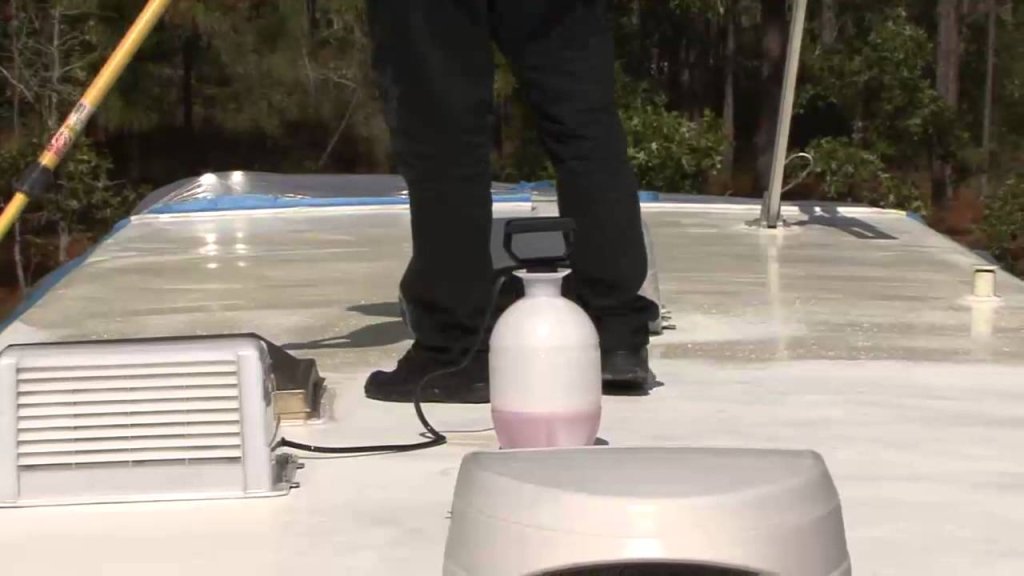
You know fiberglass roofs? They’re like super light capes for cars. These roofs are made to be smooth, which helps the car go fast through the air without using much fuel. So, they help save fuel. These roofs are tough, like strong shields. They can handle all kinds of weather – rain, sun, snow, everything. Plus, you don’t need to spend too much time fixing them. They’re like the low-maintenance pals of car roofs. But here’s a little thing to remember. Just as all have weak points, these roofs can crack if something super heavy lands on them. If that happens, a small crack might show up.
3. Aluminum Roofs
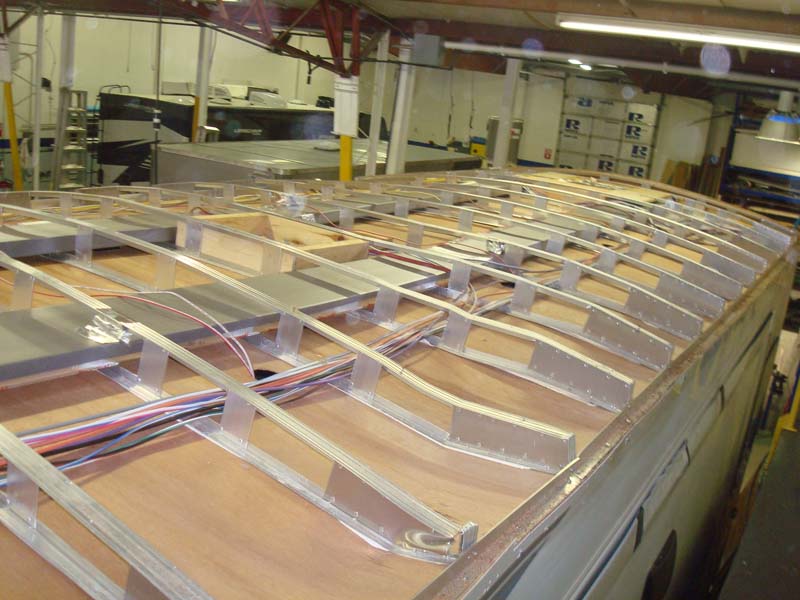
Aluminum roofs are really strong and don’t get rusty, so they’re great for RVs in rough weather. They can handle tough conditions. But sometimes, they might get bumped, and if rain or hail falls on them, they can get pretty loud. To keep them in good shape and stop them from getting rusty, it’s important to take care of them regularly. This means checking for any problems and making sure they’re nice and clean. By doing this, you can make sure your aluminum roof lasts a long time and keeps your RV safe, no matter how bad the weather gets.
4. Weight Reflection
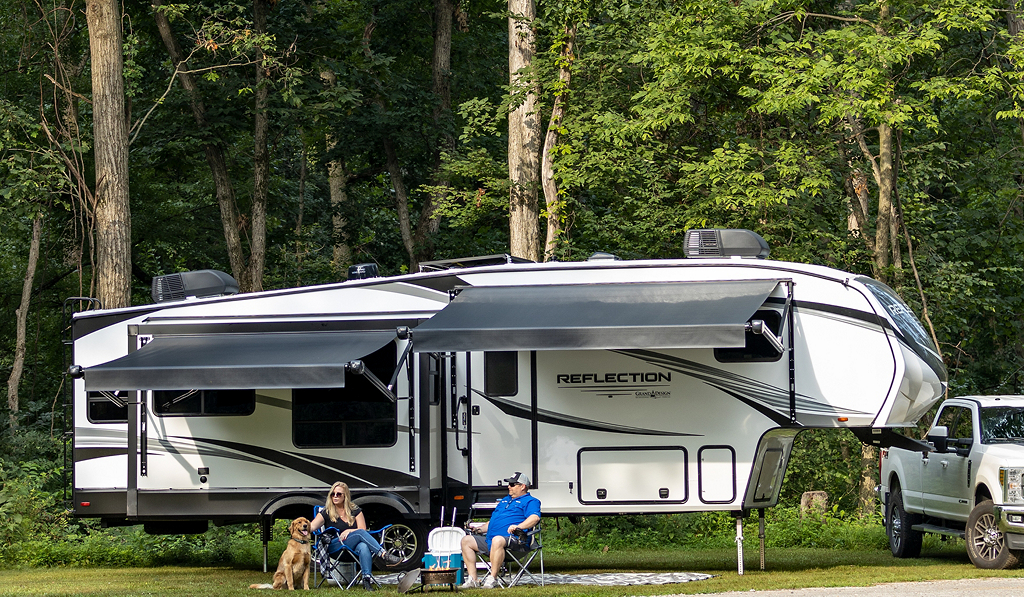
The roof material of an RV decides if it will be heavy or light. This affects two important things: how much fuel it uses and how easy it is to tow. If the roof is heavy, the whole RV becomes heavy. This makes it use more fuel and can make towing harder. But if we use lighter stuff like fiberglass and rubber for the roof, the RV becomes lighter overall. This is great for people who want to save fuel. It helps the RV use less fuel, so they can go on longer trips without stopping for more gas. Also, being lighter makes it easier to tow the RV. It’s like the RV becomes easier to pull behind another vehicle.
5. Longe Life
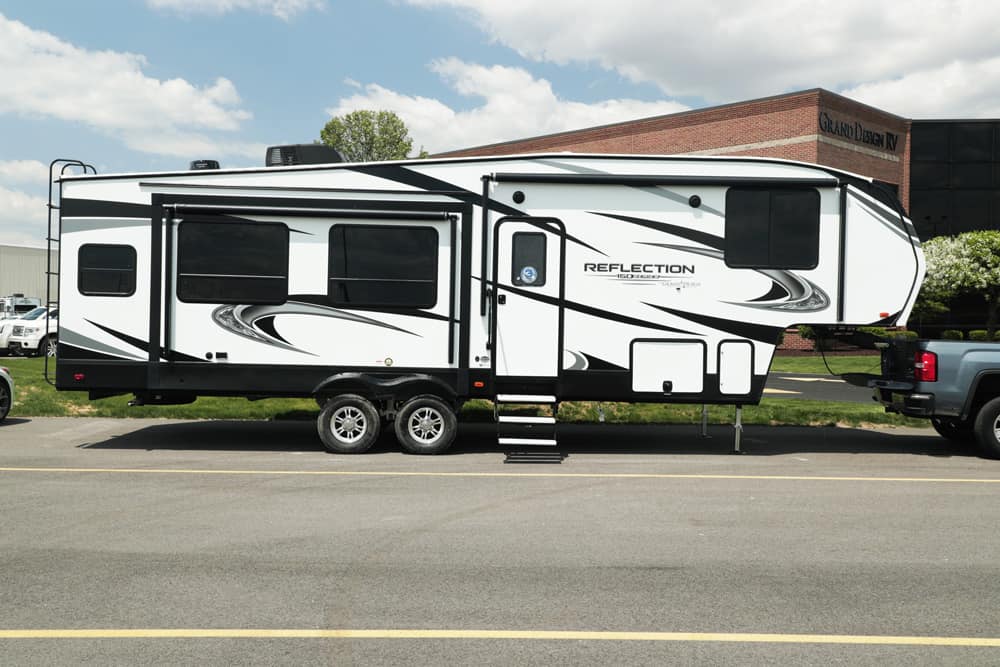
Taking care of your roof is important, and using a Roofing Brush can help with that. Fiberglass and aluminum roofs can stick around for a while, too. But here’s the cool part: no matter what kind of roof you have, you can make it last even longer. Just make sure to check on it and give it some care regularly. Checking and fixing things are the secret to a roof that stays strong. So, whether your roof is rubbery, made of fiberglass, or shiny aluminum, giving it a little attention now and then can keep it over your head for many years!
6. Maintenance Needs
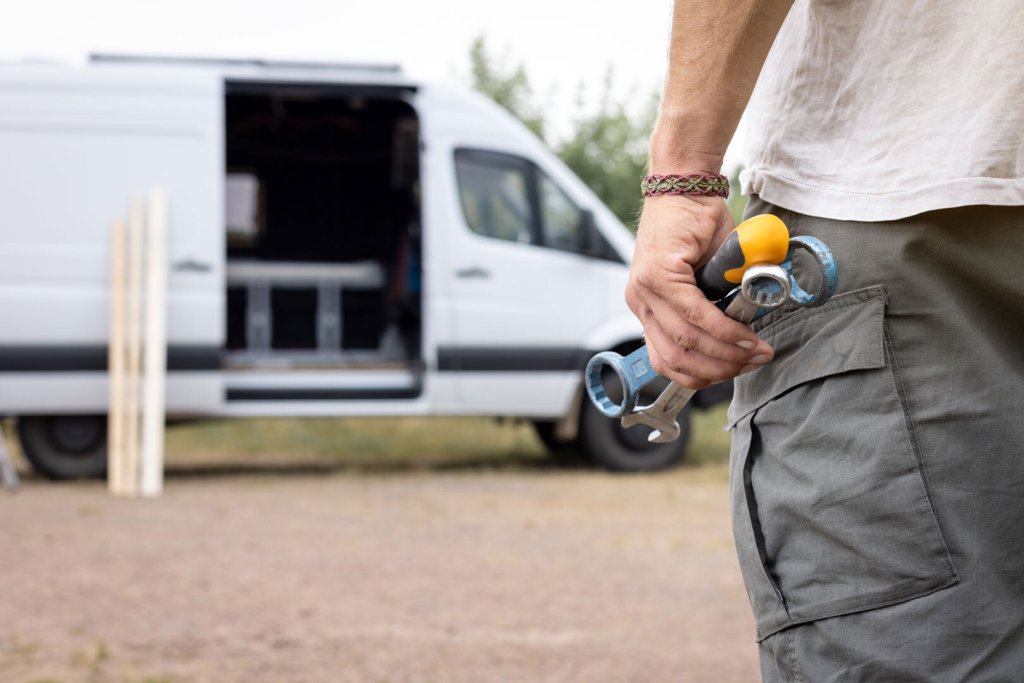
EPDM rubber roofs are easy to take care of, needing little maintenance. However, if you have roofs made of fiberglass or aluminum, they might require more attention. This is because they can develop cracks, rust, and dents over time. To avoid bigger issues down the road, it’s a good idea to be proactive with repairs. By fixing any problems early on, you can save a significant amount of money in the long term. So, whether it’s rubber, fiberglass, or aluminum, a little care now can prevent bigger headaches and costs later.
7. Insulation and Energy Efficiency
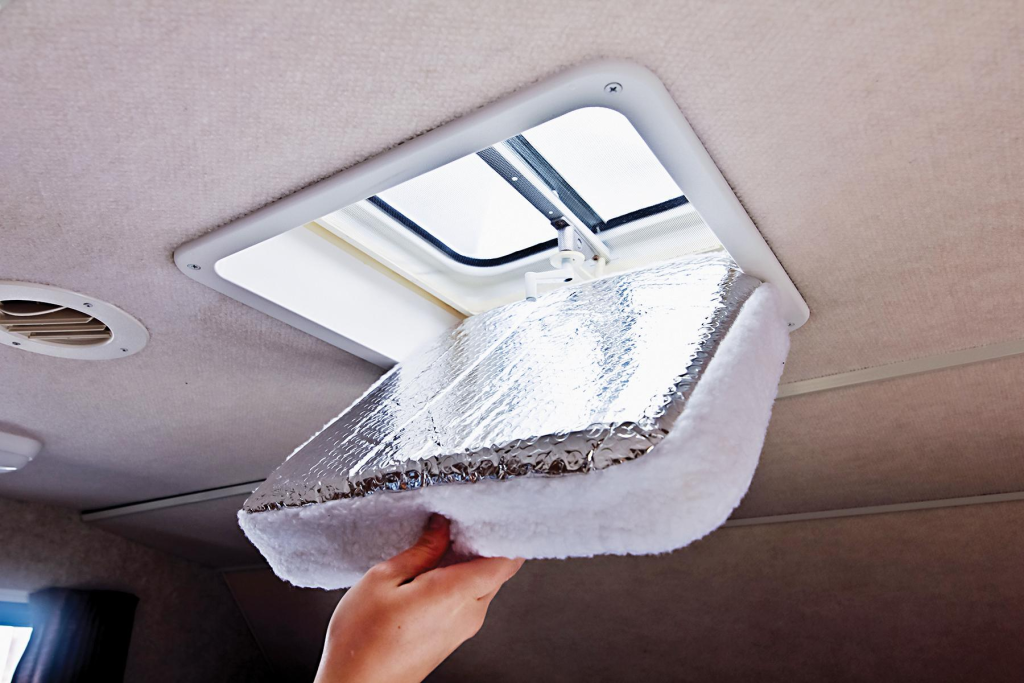
Picking the right roof stuff can make your RV comfy and save energy. Some roof stuff keeps the inside temperature just right. Fiberglass and rubber are examples of such roof stuff that’s better at this than aluminum. This is important because a good roof keeps your RV cool when it’s hot and warm when it’s cold. This means you don’t need fancy heating or cooling. So, when you’re choosing a roof for your RV, thinking about how well it keeps things cozy and saves energy can help your travels.
Conclusion
So, there you have it, the scoop on RV roofs! We’ve found the RV roofs and what they’re made of. Remember, RV roofs aren’t just regular roofs. Nope, they’re cool roofs with a twist! We took a move through different types of roofs. From rubber roofs that stretch like a rubber band to strong fiberglass roofs, each has its power.
Before you hit the road, give your roof a thumbs-up. It’s got you covered, quite literally. Now, go make those road trip memories, and let your awesome RV roof be part of the story!

